- Experience Vibrant Ahmedabad in 3 Days
- A Guide to Wedding Shopping in Ahmedabad
- Best Hotel in Ahmedabad
- Destination Wedding in Ahmedabad
- Best Corporate Hotel
- Best Restaurant in Ahmedabad
- Mice Hotel
- Hotel Near Ahmedabad Airport
- Best Hotel, Restaurant and Resort in Ahmedabad
- Best Banquet in Ahmedabad
- Top Best Hotels in Ahmedabad
- Wedding Venues in Ahmedabad
- Best Wedding Reception Decorations
- 4 Star Hotels in Ahmedabad
- Great Wedding Reception Decoration
- Wedding Flower Decoration
- Best Destination Wedding in Ahmedabad
- Hotel in Ahmedabad
- Best Hotel Near Ahmedabad Airport
- Best Wedding Flower Decoration
- Best 4-Star Hotels in Ahmedabad
- Best Hotels in Ahmedabad
- Best Convention Hotel
- Restaurant in Ahmedabad
- Best Hotels Near Ahmedabad Airport
- Wedding Flower Decorations
- 4 Star Hotel In Ahmedabad
- A Taste Of Perfection
- Trending Wedding Reception Decorations
- Wedding Venue In Ahmedabad
- Discover The Best Banquet In Ahmedabad
- Unveiling The Best Hotel In Ahmedabad - Luxury Redefined
- Discovering The Best Restaurant In Ahmedabad
- Ideas For Wedding Reception Decorations - Unveiling The Unconven
- Your journey towards happily ever after begins Narayani Heights
- Unlock Leisure At The Best Hotel Near Ahmedabad Airport
- The Ultimate Guide To Wedding Reception Decorations
- How to choose the best banquet in ahmedabad for your corporate e
- Enjoy Affordable Luxury At 4-Star Hotels In Ahmedabad
- 10 Must-Ask Questions When Booking A MICE Hotel
- A Wedding Venue In Ahmedabad That Will Blow Your Mind
- Destination Wedding In Ahmedabad For A Magical Indian Wedding
- 10 Groovy Wedding Reception Decoration Hacks On A Budget
- 7 Romantic Wedding Flower Decoration Ideas For Your Big Day
- The Best Restaurant In Ahmedabad For Special Occasions
- 7 Key Factors That Make The Best Convention Hotel
- One Day Picnic Resort Near Ahmedabad
- The Most Romantic Hotel In Ahmedabad For Couples To Enjoy
- Best Banquet in Ahmedabad
- MICE Hotel Excellence: A Perfect Business Event Organizer
- Memorable Ceremony at Narayani Heights: One of the Wedding Venue
- Where Memories Are Made: Dreamy Destination Wedding Location for
- A Wedding Venue That Will Charm with a Tapestry of Tradition and
- Narayani Heights: Your Best Corporate Hotel Redefining Superior
- Choice of the Best Banquet in Ahmedabad: A Redefining of Luxury
- Transcending Frontiers: Crafting NRI Wedding Destination
- Finding Luxury and Comfort at Narayani Heights Hotel in Ahmedaba
- Wedding Reception Decorations That Elevate Your Celebration
- The Best Restaurant in Ahmedabad: Narayani Heights, the Culinary
Ahmedabad is a vibrant city with a wide variety of attractions, from stunning forts to mouthwatering Gujarati street food like Gathiya, Fafda, and Thepla. Ahmedabad has made a name for itself on all fronts, evolving from a historic city with tales of Mughal emperors, British and Maratha domination, and India's liberation movement to becoming an urban metropolitan. We have created the ideal 3-day itinerary for Ahmedabad so that you may see all of the city's main attractions and take in the rich art and culture of this 600-year old Gujarati city.
Day 1
Bhadra Fort
The legendary Bhadra Fort is the ideal location to enjoy a bird's eye view of Ahmedabad's old-world splendour. The fort, which was built in 1411 AD during the Maratha rule, comprises a splendid palace with exquisitely decorated balconies and arches that are encircled by verdant gardens. Since the fort's distinct structures have completely merged with the contemporary city buildings, one cannot realise they are at the fort. The Teen Darwaza, which stands on the fort's eastern side, and the Bhadrakali Temple are the main sights there. According to popular belief, Goddess Lakshmi once visited Bhadra fort and gave the Sultan the blessing that his city will always be prosperous.
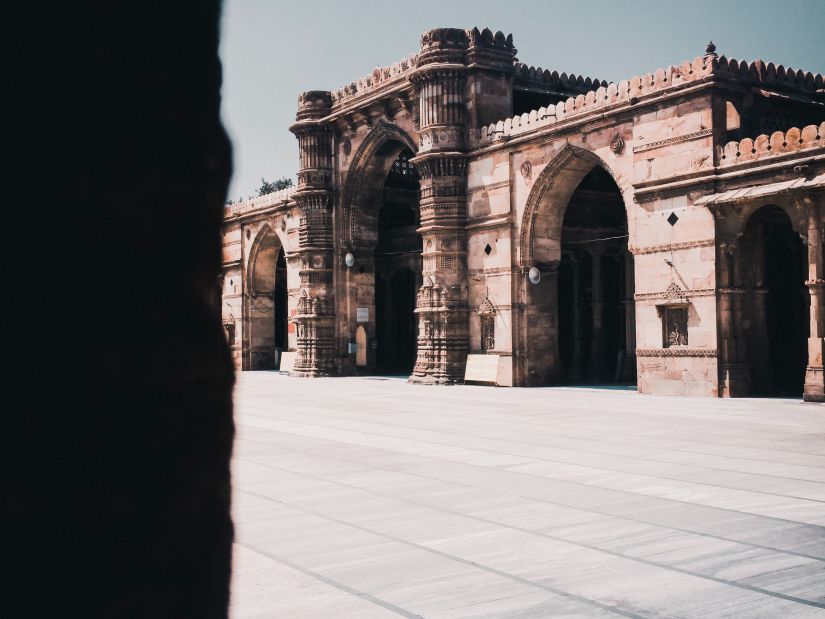
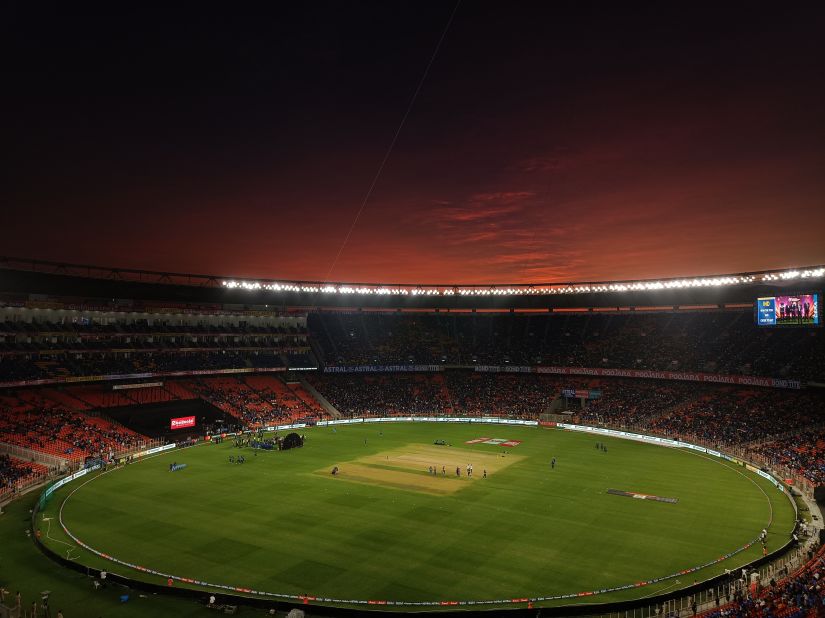
Narendra Modi Stadium
Sardar Vallabhbhai Patel Stadium, now known as Narendra Modi Stadium, surpassed Melbourne Cricket Stadium, becoming the largest cricket stadium in the world with a seating capability of 110,000. The stadium is exquisitely constructed on the Sabarmati River's banks and its entire surface area is equal to 32 Olympic-sized football fields. If you are a cricket fan then visiting this marvellous stadium should be on your Ahmedabad tour itinerary.
Riverfront Flower Park
One of Ahmedabad's most exquisite and well-designed public gardens, Riverfront Flower Park is located along the Sabarmati Riverfront. At the 1.85-hectare Riverfront Flower Park, tourists have the chance to reestablish their bond with nature that has been lost in this now developed city. The garden is designed to be a display of various plant species, mostly flowers, located in several interesting themes and structures like the rose garden, flower terraces, lake valley, and flower showcase gardens. Take a stroll through the freshly bloomed flowers to find tranquillity.
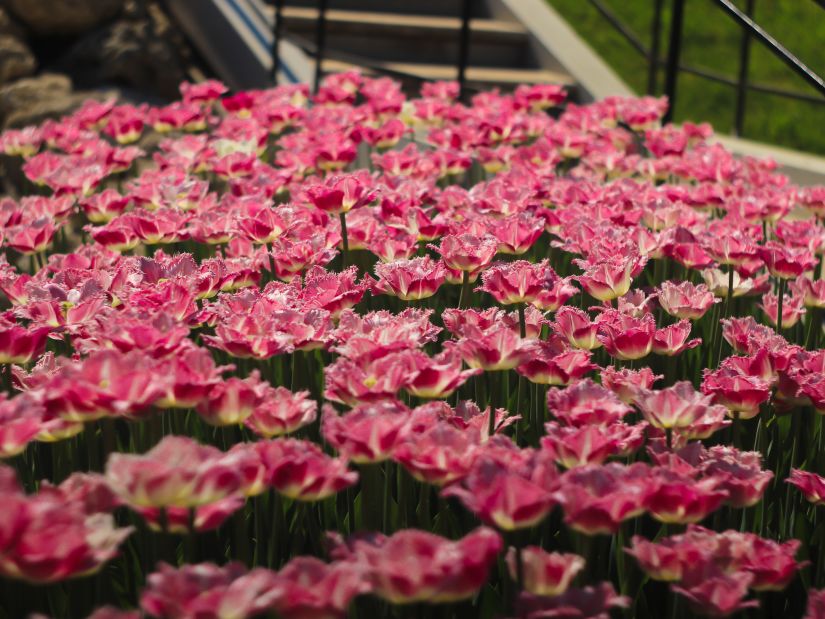

Manek Chowk
Manek Chowk in Ahmedabad is as precious to the locals as its name, which translates to "Ruby" in English, making it impossible to exclude it from your Ahmedabad itinerary. The cherished Manek Chowk is known for its jewellery stores by day. By night, it transforms into a food paradise. Try the famous Fafda-Jalebi along with the popular Jamun shots. Manek Chowk was created and structured in a way that made it the city's primary location for trade in precious metals and jewels. Saint Maneknath, a counsellor to Emperor Ahmed Shah I, is the inspiration for the name Manek Chowk. On the city's founding day and Vijayadashami every year, the saint's 12th-generation descendants perform a puja and hoist the flag on Manek Burj, continuing a 600-year-old rich heritage.
Day 2
Hutheesing Jain Temple
The myriad Jain temples in Ahmedabad are proof of the widespread influence of the ancient faith in Jainism. These temples were constructed in a variety of sizes and magnificent designs. The Hatheesing Jain Temple was intended to be built by wealthy Jain trader Sheth Hutheesing Kesarisinh as a sacred Jain temple. However, he passed away at the age of 49, before he could see his dream come true. Shethani Harkunwar, his third wife, took on the responsibility and oversaw the temple's construction. Hutheesing hired hundreds of labourers and artisans to work on the temple since Gujarat was experiencing famine at the time. The temple contains a distinctive Manasthhambha that was influenced by the Kirtistambha at Chittore in Rajasthan and the Jain Manastambha.
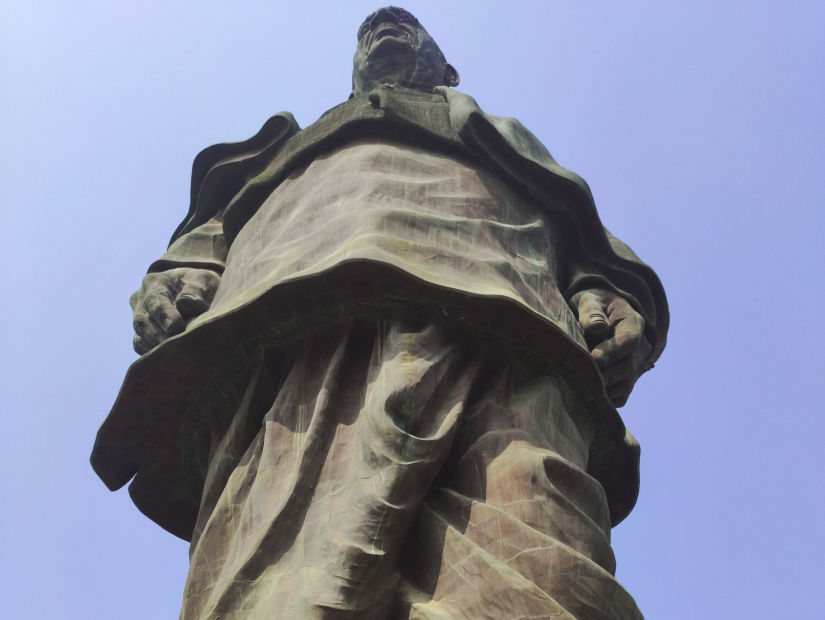
Sardar Vallabhbhai Patel National Memorial
Ahmedabad's connection to historical figures like ‘Iron Man’ Sardar Vallabhbhai Patel helped the city gain notoriety. The Sardar Vallabhbhai National Memorial, which honours his life, is both a top-notch museum and a tribute to an iconic person in the Indian freedom struggle. Moti Shahi Mahal, which Mughal Emperor Shah Jahan had built, is where Sardar Vallabhbhai Patel National Memorial Museum is located. Rabindranath Tagore also lived here, and his narrative - The Hungry Stones, was inspired by this structure. In 1978, it underwent a transformation and became a Sardar Vallabhbhai Patel national monument. The museum's 3D sound, light, and laser show which tells the rich history of India, is its main attraction.
Sabarmati Ashram
An Ahmedabad city tour itinerary wouldn’t be completed without paying a visit to the Sabarmati Ashram which was once home to Mahatma Gandhi and his wife Kasturba. The ashram is situated along a portion of the Sabarmati River. Gandhi also started his Dandi March from this location. Gandhi chose this lodging because it was situated between a prison and a cemetery. After all, he thought that a Satyagrahi would most likely die in either a prison or a graveyard. The museum is the most well-known of the many different establishments that make up Sabarmati Ashram's grounds. Gandhi's private correspondence and pictures are displayed around the space. The Ashram still stands as a monument to Gandhi's life's work, a source of motivation and wisdom, and a testament to others who have engaged in comparable struggles.
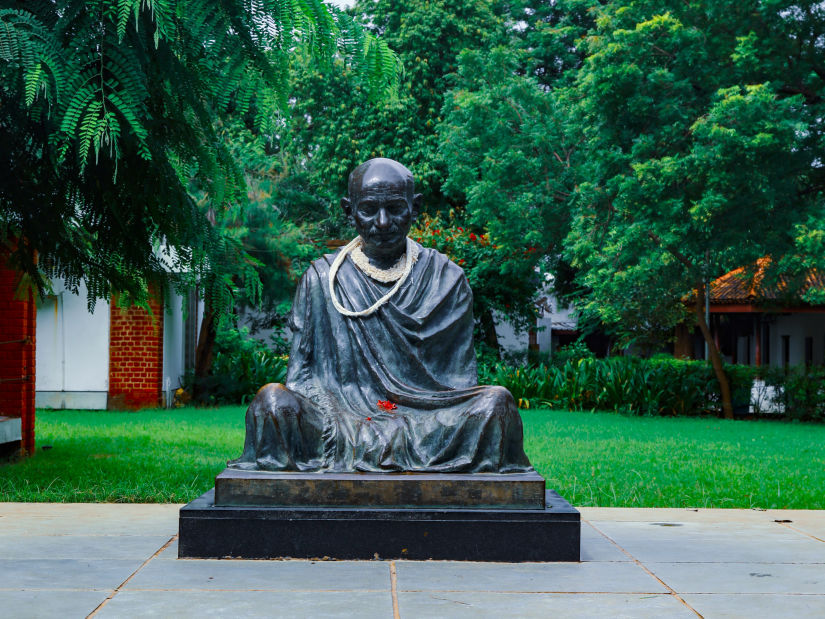
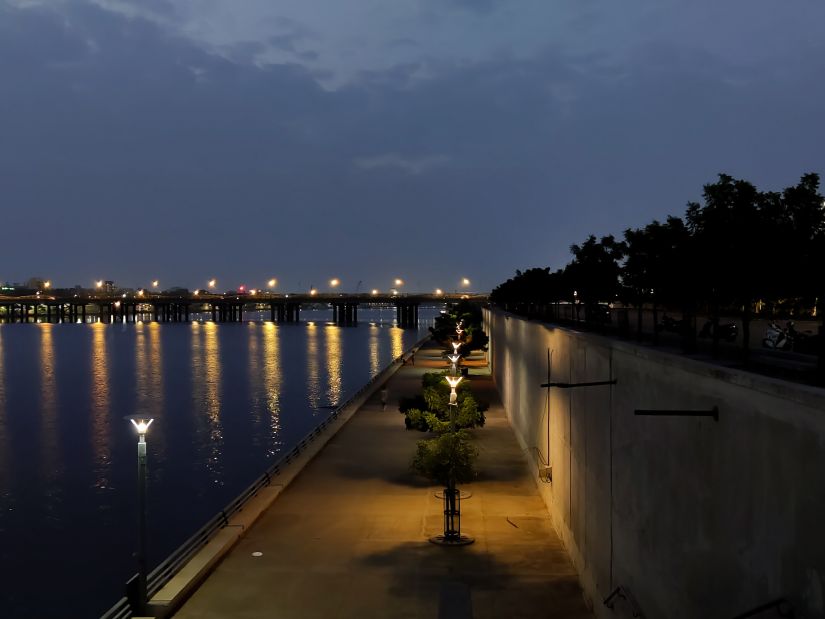
Sabarmati Riverfront
Sabarmati River Front reframed Ahmedabad's identity and gave Ahmedabad a significant waterfront environment. The Sabarmati Riverfront is a popular destination in Ahmedabad for both locals and visitors. Three boating centres have been built and are currently open, making boating activities a well-liked riverfront attraction. The centrepiece of this 11 km long riverfront project is a two-level promenade that runs along both banks of the river and is only accessible by foot and bicycle, while the top level may accommodate a variety of cultural events. Sabamati River Front is also a perfect location for a family picnic.
Day 3
Auto World Vintage Car Museum
Visit World Vintage Car Museum and get ready to be transported back in time. One of the best auto museums in the world, Auto World Vintage Car Museum in Ahmedabad is home to an astonishing collection of classic cars. The museum places a strong emphasis on piquing motor enthusiasts' curiosity and understanding of classic and vintage vehicles. The museum displays vehicles owned by illustrious national leaders. The exhibitions include classic vehicles from well-known manufacturers like Maybach and Lincoln. Tourists will have to pay a minimal fee of Rs 500 for a 3.5 km drive if they wish to drive a car of their choice. If you are a vintage car lover, then don't forget to add this fascinating location to your 3 days Ahmedabad itinerary.
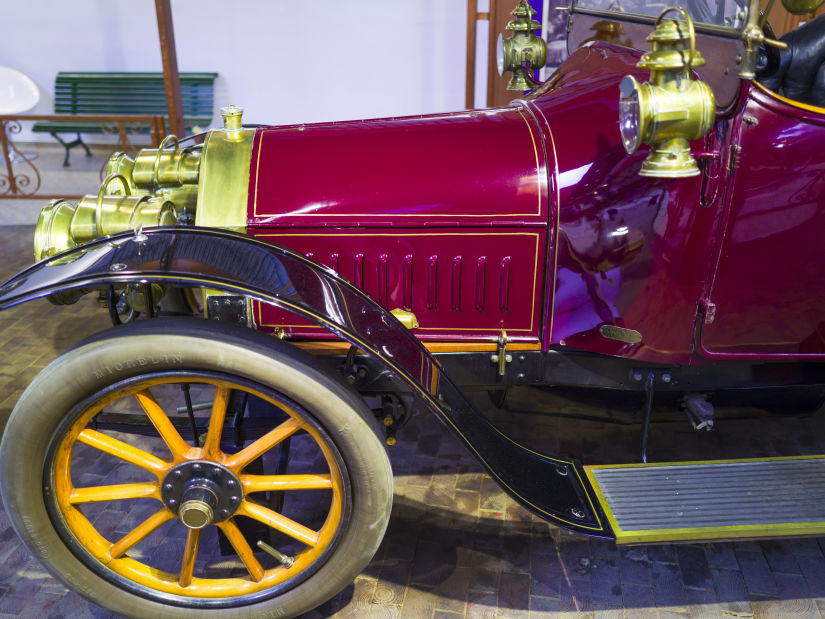
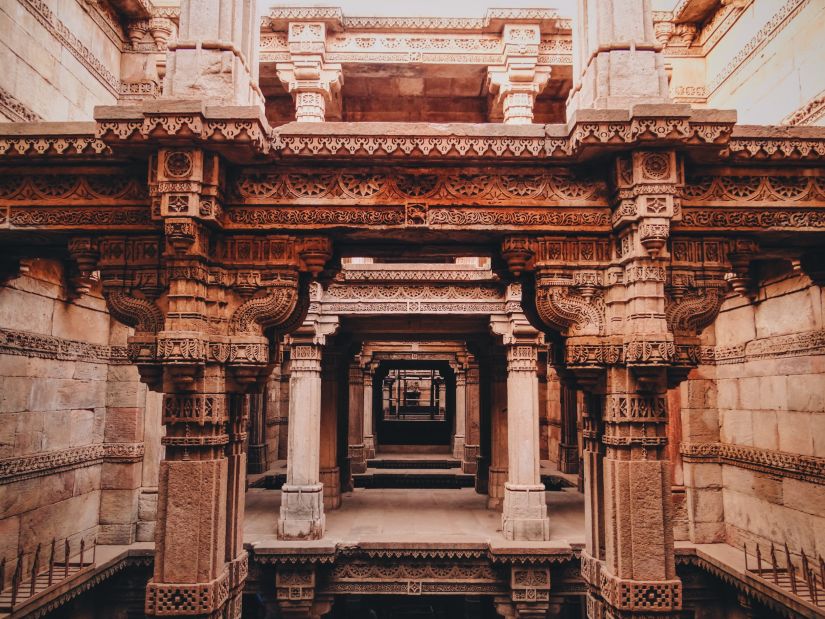
Adalaj ni Vav
Adalaj ni Vav is a heartfelt symbol of love and sacrifice. Legend has it that when Rana Veer Singh, monarch of the Vaghela Dynasty, ruled the region known as Dandai desh, the kingdom experienced a severe water scarcity and the king decided to build a large stepwell to address the issue. The king began the building project but was unable to finish it because he was killed battling Mahmud Begada, the Sultan of Gujarat. Later, Begada fell in love with queen Rudabai and desired to wed her. The queen accepted the request proposal on the condition that Mahmud finish building the stepwell that her late husband had begun. As a result, this classic work of architecture seamlessly combines Islamic floral and geometric designs with Hindu as well as Jain images and symbolism. Queen Rudabai died after the vav was finished by intentionally falling into the vav.
Trimandir
The Trimandir is a revolutionary and stunning temple concept that unites the Lords of the three main Indian religions - Jainism, Shaivism, and Vaishnavis on one platform, making it a unique non-sectarian temple. The layout of the temple enables the worship of these Lords all at once, in one location. A lovely fountain sits in the middle of a verdant garden that wraps around the entire complex. The Trimandir, which was created around Gnani Purush Param Pujya Dada Bhagwan's vision, contains a mini-theatre and an instructive museum.

If you want to experience Ahmedabad in all its splendour then we advise you to stay at Narayani Heights, a 4-star hotel in Gandhinagar. This 4-star hotel in Ahmedabad makes it simpler for visitors to travel because it is close to the airport and the famous Narendra Modi Stadium. The Narayani Heights hotel is the perfect location for both leisure and business events because of its exceptional infrastructure, cutting-edge services, and unmatched experiences.